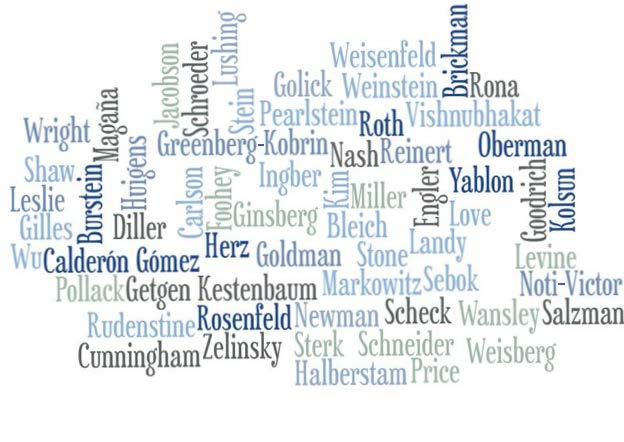Publication Date
2-2003
Journal
UCLA Law Review
Abstract
This Article proposes that, as a copyright work ages, the scope of fair use, especially as to derivative works and uses, should expand. This is because the "market" for a copyrighted work has a temporal dimension; the copyrighted work has a market of a fixed number of years. In considering the fourth element of § 107 fair use, courts have discussed two kinds of situations in which the market for a plaintiff's work can be adversely affected: (1) situations where a particular defendant's action adversely affected the plaintiffs market, and (2) situations where the defendant's action, if it became "widespread," would adversely affect the plaintiffs market. But in the second situation, when the alleged infringement occurs becomes important. The later the alleged infringement occurs in the copyright term, the less "widespread" the practice could become in relation to the total market that the copyrighted work will enjoy over its term of protection. Further support for the idea that fair use should become broader in the last period of the copyright term comes from the basic investment structure of copyrighted works. The Article then discusses some potential problems and complications for this "fair use across time" analysis.
Volume
50
First Page
775
Publisher
UCLA School of Law
Disciplines
Intellectual Property Law | Law
Recommended Citation
Justin Hughes,
Fair Use Across Time,
50
UCLA L. Rev.
775
(2003).
https://larc.cardozo.yu.edu/faculty-articles/751


